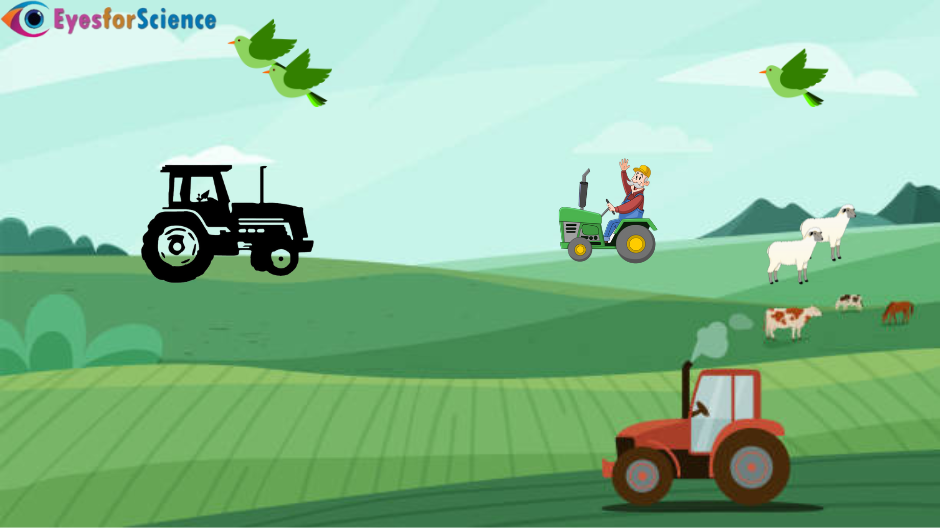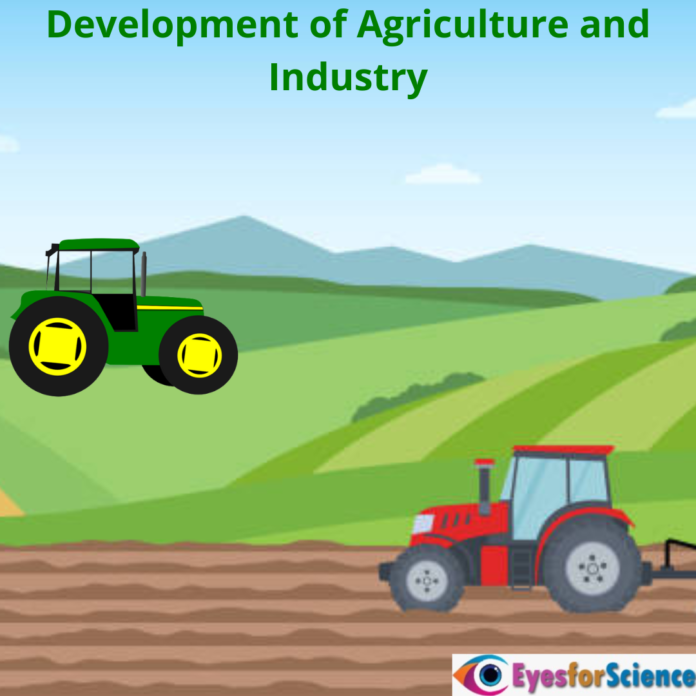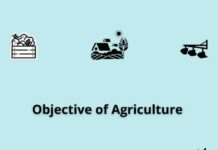There has been significant success in lowering hunger and poverty as well as enhancing nutrition and food security. Productivity improvements and technical advancements have resulted in efficient use of resources and sustainable development in agriculture and industry. But grave issues still exist. In this post, we outline the major worldwide trends and issues that will affect the development of agriculture and industry. The difficulties and tendencies that are there in this article are both hopeful and alarming.
One of the most effective strategies for reducing extreme poverty, fostering shared prosperity, and feeding the estimated 9.7 billion people by 2050 is the development of agriculture and industry. To meet the global development goals, we need food systems that are wholesome, sustainable, and inclusive. Compared to other sectors, the agriculture sector’s growth is two to four times more successful at increasing the incomes of the poorest people. Research from 2016 revealed that agriculture was the primary source of income for 65% of impoverished working individuals.
TRENDS
Food security, poverty, and the general sustainability of the food and agricultural systems are all impacted by several global developments.
By 2050, the world’s population may reach over 10 billion. That which will result in a 50 percent increase in agricultural demand compared to 2013. Growth in affluence in low- and middle-income nations would speed the shift in dietary patterns toward the greater intake of meat, fruits, and vegetables compared to cereals, necessitating corresponding changes in agriculture machine productivity and placing further strain on natural resources.
The structural transformation of economies is being driven by population dynamics and economic expansion.
Different regional difficulties and rates of reduction in the contribution of agriculture to total production and employment are present. Although technical advancements and investments in agriculture are increasing productivity, yield growth has stalled to uncomfortably low rates. Reducing food losses and waste would minimize the need for production increases, which consume a sizeable number of agricultural seeds. The deterioration of natural resources, loss of biodiversity, and the spread of transboundary pests and illnesses of plants and animals, some of which are developing antibiotic resistance, preventing the development of agriculture and industry from accelerating as it should.
Climate change threatens food-insecure regions’ crops, cattle, seafood, and fisheries.
Increased greenhouse gas emissions, more intense competition for natural resources, and further deforestation and land degradation are expected outcomes of trying to meet growing agricultural demand with current farming methods.
Food systems are becoming capital-intensive, vertically integrated, and consolidated.
From the provision of inputs to the distribution of food, this is happening. The first to suffer are small-scale farmers and households. This because they are without access to land and agriculture apps. As a result, they are turning more and more to non-agricultural industries for employment. Due to growing migration, particularly among male members of rural households, vertical farming at home is becoming more “feminized”.

CHALLENGES
These tendencies present various difficulties for agriculture and food.
High-input, resource-intensive farming practices have contributed to deforestation, water shortages, soil degradation, and greenhouse gas emissions. Innovative solutions that protect and enhance natural resources should come into effect. The transformation towards “holistic” solutions is important for the development of agriculture and industry. They may include agroecology, agroforestry, climate-smart agriculture, and conservation agriculture. Technological advances would help address climate change and the rise of natural disasters. This will affect all ecosystems and every aspect of human life, and reduce economy-wide and agricultural fossil fuel consumption. International collaboration is necessary to prevent transboundary threats to agriculture and the food chain, such as pests and diseases.
Action must be there to minimize inequities to eradicate extreme poverty.
That requires addressing disparities in income levels, opportunities, and asset ownership, including that of land, both between and within nations. Pro-poor growth initiatives would increase their income and investment prospects in rural regions. Plus, will also address the underlying causes of migration by ensuring that the most vulnerable people benefit from market integration and agricultural investment.
Developing New Biological Techniques
To meet the rising need for food to feed the world’s expanding population, wide use of chemical fertilizers and pesticides during the green revolution is noticed. Growing food consumption, population growth, and unchecked exploitation of natural resources have put the environment and the agricultural sector in jeopardy.
To prevent further harm to the environment and the agricultural industry, it is important that biological technology should be the priority. New biological technology is also receiving more attention.
To meet present and future difficulties, food systems and governance must be rethought. More organized, vertically integrated food systems can give formal employment possibilities as well as standardized food for urban regions.
Ethical investments must complement them. That take into account the livelihoods of small farmers, the environmental costs of expanding food supply chains, and the effects on biodiversity. More effective, inclusive, and resilient agriculture equipment must be there to promote the development of agriculture and industry.
Objective of Agriculture
- To become self-sufficient in producing food.
- To boost agricultural output and farmers’ and farmworkers’ income.
- To encourage the wise use of natural resources, including water and land.
- To advocate for integrated nutrient management and soil health management.
- Encourage crop diversity.
- Encourage the application of agricultural inputs based on suggestions from soil and water analysis.
- To guarantee the supply and caliber of agricultural machines.
- Promote organic agriculture.
India is all ready to develop its labor-intensive agricultural and associated sectors given its expanding population. The agricultural industry now has a wealth of options to modernize, grow, and exploit the advantages of the expanding range of agricultural exports. This all has brought about by the economic globalization trend.










